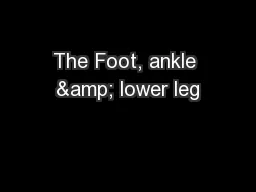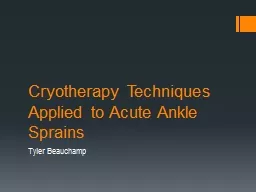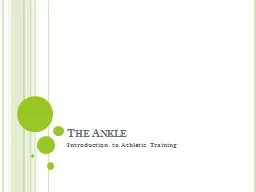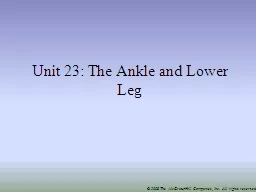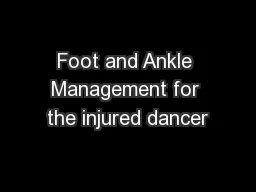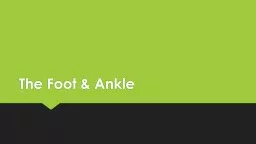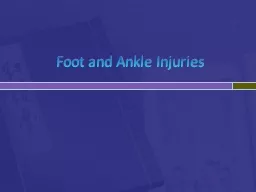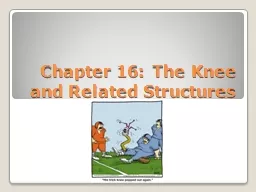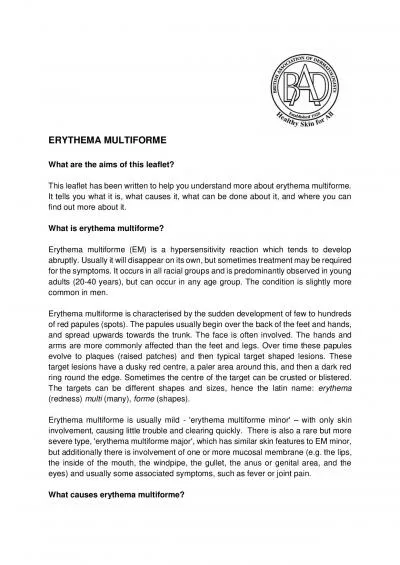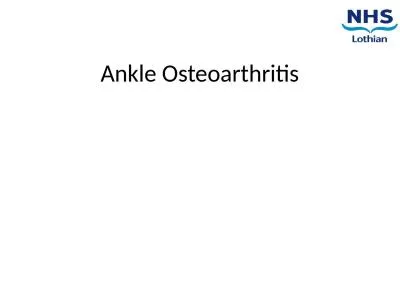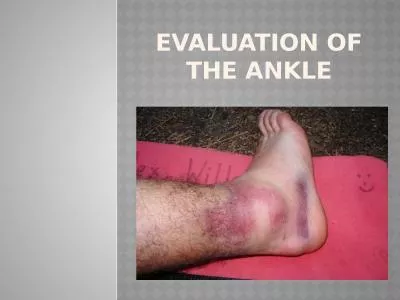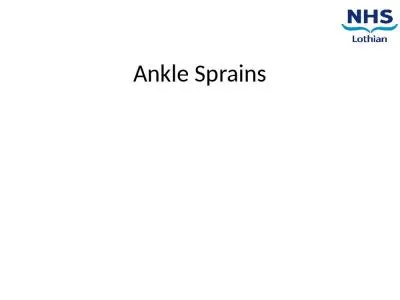PPT-Figure Figure. Patient 1: ankle swelling, pain, tenderness, erythema, and warmth
Author : yahya | Published Date : 2024-10-04
Klapsing P MacLean JD Glaze S McClean KL Drebot MA Lanciotti RS et al Ross River Virus Disease Reemergence Fiji 20032004 Emerg Infect Dis 2005114613615 httpsdoiorg103201eid1104041070
Presentation Embed Code
Download Presentation
Download Presentation The PPT/PDF document "Figure Figure. Patient 1: ankle..." is the property of its rightful owner. Permission is granted to download and print the materials on this website for personal, non-commercial use only, and to display it on your personal computer provided you do not modify the materials and that you retain all copyright notices contained in the materials. By downloading content from our website, you accept the terms of this agreement.
Figure Figure. Patient 1: ankle swelling, pain, tenderness, erythema, and warmth: Transcript
Download Rules Of Document
"Figure Figure. Patient 1: ankle swelling, pain, tenderness, erythema, and warmth"The content belongs to its owner. You may download and print it for personal use, without modification, and keep all copyright notices. By downloading, you agree to these terms.
Related Documents


